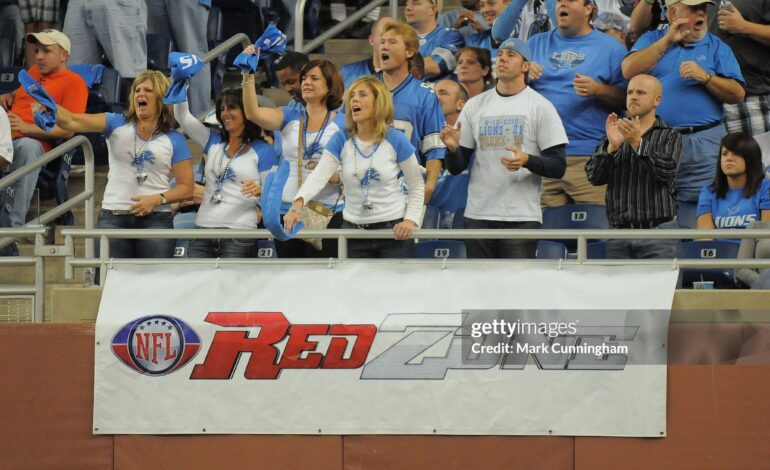Baseball Field Position Numbers: A Comprehensive Guide
Baseball is a sport that has been around for over a century and has become an American pastime. One of the most important aspects of the game is understanding the different positions on the field and the numbers associated with them. Each position has a specific number assigned to it, and knowing these numbers is crucial for players, coaches, and fans alike.
The numbering system for baseball positions has been in place since the late 1800s and has remained relatively unchanged. The numbers range from 1 to 9, with each number representing a specific position on the field. For example, according to sites such as Sports Domain Lab, the number 1 represents the pitcher, while the number 9 represents the right fielder. In addition to these numbers, there are also two additional positions, the designated hitter (DH), and the utility player, which are not assigned a number.
Understanding the position numbers in baseball is essential for players and coaches alike. It allows them to communicate effectively and efficiently during games, practices, and strategy sessions. It also helps fans follow the action on the field and appreciate the nuances of the game as well as for the bettors to navigate properly while placing a sports bet. By understanding the position numbers, players, coaches, and fans can gain a deeper appreciation for the sport and its rich history.
Understanding Baseball Field Position Numbers
Baseball is a game of strategy and precision. Each player on the field has a designated position with a unique number that corresponds to their role in the game. Understanding these position numbers is essential for anyone who wants to follow the game or play it themselves.
Pitcher: Position 1
The pitcher is the most important player on the field. They stand on the pitcher’s mound and are responsible for throwing the ball to the catcher. The pitcher’s position number is 1.
Catcher: Position 2
Embed from Getty ImagesThe catcher is positioned behind home plate and is responsible for catching the ball thrown by the pitcher. They also help to coordinate the defense and communicate with the pitcher. The catcher’s position number is 2.
First Baseman: Position 3
The first baseman is responsible for covering first base and catching any throws from other players. They also have to be quick on their feet and able to catch pop-ups. The first baseman’s position number is 3.
Second Baseman: Position 4
Embed from Getty ImagesThe second baseman is positioned between first and second base and is responsible for catching any balls hit in that area. They also assist in double plays and covering first base. The second baseman’s position number is 4.
Third Baseman: Position 5
The third baseman is positioned near third base and is responsible for catching any balls hit in that area. They also have to be quick on their feet and able to make accurate throws. The third baseman’s position number is 5.
Shortstop: Position 6
The shortstop is positioned between second and third base and is responsible for catching any balls hit in that area. They also assist in double plays and cover second base. The shortstop’s position number is 6.
Left Fielder: Position 7
Embed from Getty ImagesThe left fielder is positioned in left field and is responsible for catching any balls hit in their area. They also have to be quick on their feet and able to make accurate throws. The left fielder’s position number is 7.
Center Fielder: Position 8
The center fielder is positioned in center field and is responsible for catching any balls hit in their area. They also have to be quick on their feet and able to cover a lot of ground. The center fielder’s position number is 8.
Right Fielder: Position 9
Embed from Getty ImagesThe right fielder is positioned in right field and is responsible for catching any balls hit in their area. They also have to be quick on their feet and able to make accurate throws. The right fielder’s position number is 9.
Understanding baseball field position numbers is essential for following the game and playing it yourself. Each position has a unique role and responsibility, and knowing these positions can help you appreciate the game even more.
Position Number Usage and Strategy
Baseball field position numbers are an essential aspect of the game, providing a standardized way to identify and track the movements of players on the field. The position numbers range from 1 to 9 and are assigned to players based on their defensive responsibilities. Understanding the usage and strategy behind these numbers is crucial for both players and coaches alike.
Scorekeeping and Statistics
One of the primary uses of position numbers is for scorekeeping and statistical analysis. Each position number corresponds to a specific defensive role, which allows for accurate tracking of individual player performance and team statistics. For example, a shortstop (position 6) who makes a difficult play to get an out will receive credit for that play in their personal statistics, which can then be used to evaluate their overall performance.
Defensive Alignments
Embed from Getty ImagesPosition numbers are also used to determine defensive alignments. Coaches will often shift players around the field based on the batter’s tendencies and the game situation. For instance, a team may shift their infielders to the right side of the field if the batter has a tendency to hit the ball to that side. This strategic use of position numbers can help to increase the chances of making an out and ultimately winning the game.
Positional Shifts
In recent years, teams have begun to use more extreme positional shifts, where players are moved far from their traditional position to take advantage of the batter’s tendencies. For example, a team may move their third baseman (position 5) to the right side of the field and play with four outfielders if the batter has a strong tendency to hit the ball to right field. This type of shift can be highly effective at neutralizing a particular batter, but it also requires precise execution and coordination among the defensive players.
Overall, understanding the usage and strategy behind baseball field position numbers is essential for success on the field. By using these numbers effectively, players and coaches can optimize their defensive alignments, make strategic positional shifts, and ultimately increase their chances of winning the game.
Come check out Belly Up Sports on Twitter/X for more sports and entertainment news and content. Featured image credit to Fuse/Getty Images.






